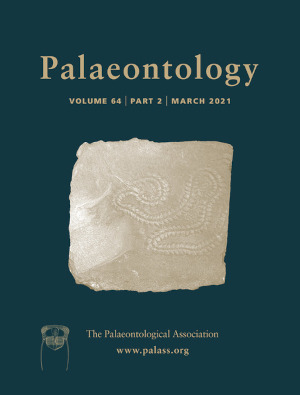Reg. Charity No. 1168330

Arthropods (i.e. insects, spiders, crustaceans, myriapods and others), are the most successful Phanerozoic animals. The group is characterized by the possession of a segmented body, jointed limbs and a hard cuticle that is episodically moulted. One highly successful but now extinct group of arthropods is the trilobites. Trilobites underwent episodic moulting (ecdysis), and most trilobites possess facial sutures, lines of weakness in the cephalon, via which the exuviae is shed and the animal emerges. However, zones of weakness appear to represent a structural trade-off or constraint, particularly during burrowing; sacrificing a consolidated head region useful in burrowing for the ability to moult. Here we reconcile this trade-off by using biomechanical modelling to demonstrate that facial sutures exist in regions of low stress during the application of burrowing loads. Furthermore, facial sutures and the structure of the cephalon enable sutured trilobites to withstand greater stresses than their non-suture counterparts. We suggest that this ability to withstand greater burrowing loads enabled trilobites to successfully invade bioturbated and more consolidated sediments of the Cambrian Sediment Revolution, thus facilitating their diversification in the Cambrian and Ordovician and contributing to the evolutionary success of this iconic arthropod group.